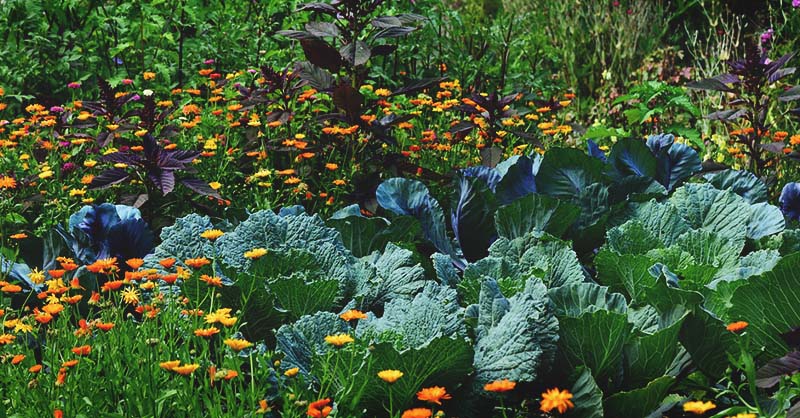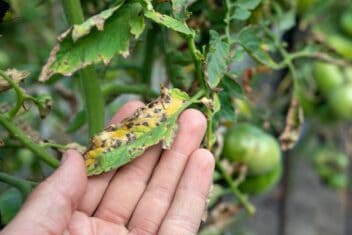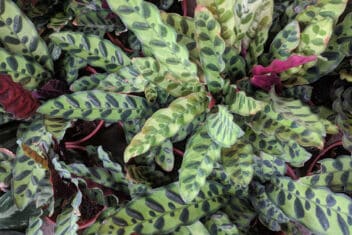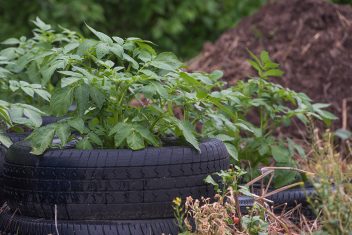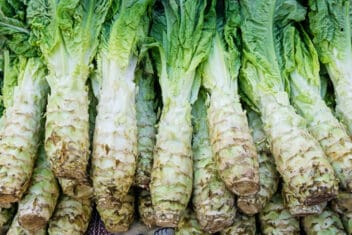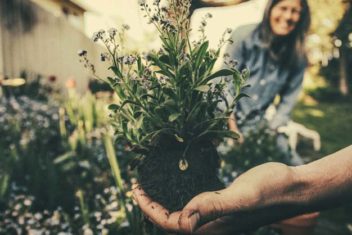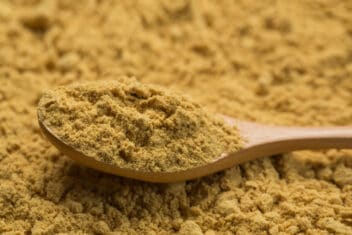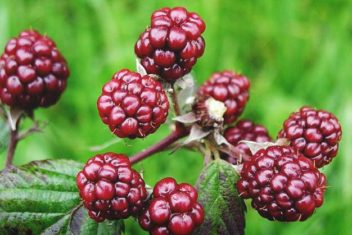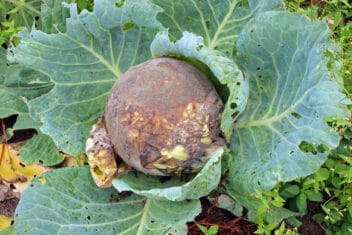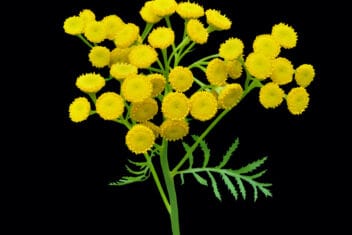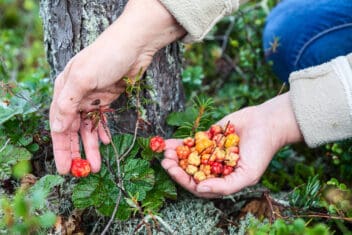Everybody has a theory on what to do to prepare for survival should something tragic happen. People wisely prepare for natural disasters, war, economic collapse, or smaller events like power outages or money problems. No matter the reason for getting prepared, one thing is sure. Food is key to keeping your family nourished and well fed when you can’t get a meal elsewhere. That’s where a survival garden comes in.
A survival garden is a vegetable garden that allows you to live primarily on the produce you grow. Whether an emergency like an earthquake hits your community or a personal tragedy prevents you from being able to get to the market, this type of garden will keep your family fed in troubling times.
If you want to try a survival garden, planning is essential. From what you plant to how you plant it, careful preparation will pay off huge dividends if you need to tap into your survival garden. The good news is that even during good times, your garden will be a source of tasty meals that can ease your monthly food budget.
The most important factors to consider when creating a survival garden are the nutrients you need to survive, your ability to save seeds so that you can replenish your garden, the best plants for storage, and plants that give you the most bang for your buck.
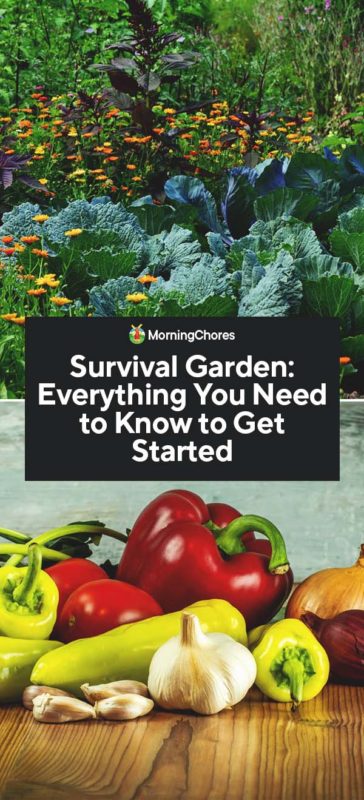
What is a Survival Garden?
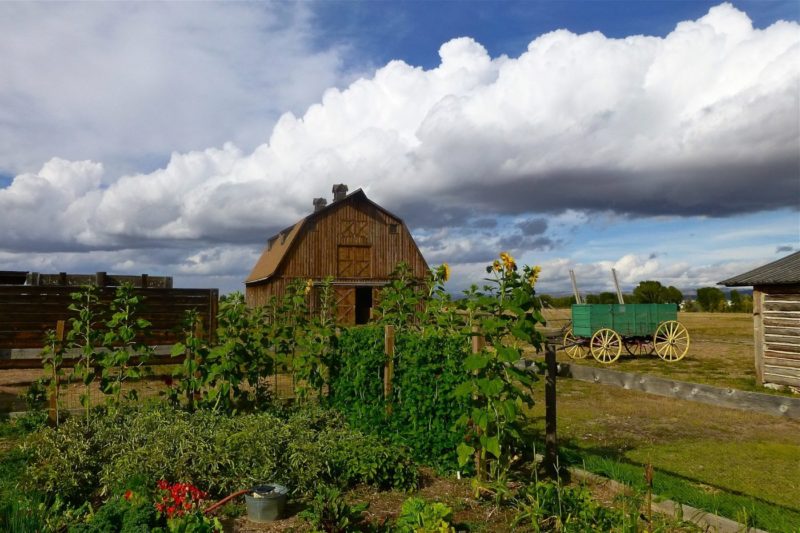
Survival gardens are more complex than maintaining a vegetable garden to supplement your dinner. It doesn’t matter if your supplement garden crops fail because you can go to the store. If your survival garden fails, you have nothing to eat.
You need to think about storage and maximum calories. Also, what plants will provide the most yield? There’s no point in planting vegetables that only provide a small amount of produce that won’t store well.
The makeup of your survival garden will also depend on your other supplies. You may have an orchard, herb garden, livestock, and chickens, so what you plant will vary from someone who doesn’t. It’s difficult to live only from plants, so you need to make sure you get as many nutrients as possible from your garden, including fats.
Choosing Plants
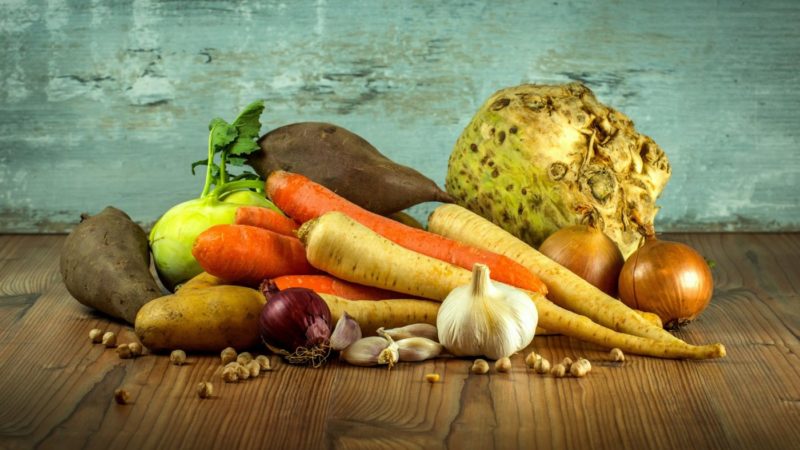
How Much Should I Grow?
The first thing to consider is how much you need to grow. Ask yourself the following questions:
- How many family members will you be providing for?
- How much do you currently eat?
- Will you share your crop with others?
One way to figure your needs out is to monitor what you or your family eats for a month and calculate the calories and volume. You can also use an online calculator to determine how many calories you require. You might be surprised at how much you need to keep your family and yourself in good health.
What Should I Grow?
There are multiple factors to consider when deciding what to grow. First, take into account the growing season and months where little grows in your area. If you have a short growing season, you’ll need plants that store well, pack the maximum amount of nutrients, and don’t need a long growing season. Of course, you also need to consider what grows well in your area.
Do you have long winters with little sunshine? Does it snow where you live? If it does, a greenhouse or cold frame may be necessary to extend your growing season. A heated greenhouse is even better.
Here’s a list of plants you may want to consider, to begin with. These generally pack in the nutrients and grow in most areas:
You may be wondering why I’ve listed sunflower seeds. If you’re living off your garden, you need to get some form of fat in your diet and sunflowers have a good amount of fat. If sunflowers don’t grow where you live, maybe peanuts will.
Finally, don’t grow what your family hates to eat.
What Stores Well?
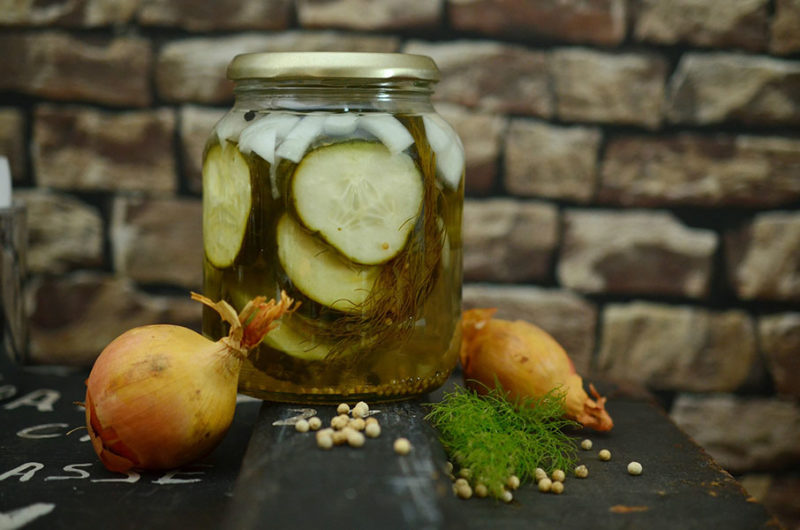
Living off your garden is only achievable if you can store much of what you grow to help during the lean growing seasons. All of the following plants store well.
To make things last even longer, consider growing crops that you can pickle, dry, or preserve, like:
- Cucumber
- Peppers
- Tomatoes
- Corn
- Beets
- Cabbage
- Beans
- Soybeans
Nutritious Crops
Of course, your list of plants that grow in your area may be different than the plants above. The key is to try and get several different veggies to make sure you are getting various vital nutrients. Try to have:
- Leafy Greens for iron.
- Peas, beans, or root vegetables for carbohydrates.
- Brussel Sprouts, lentils, nuts, or spinach for iron.
- Chili peppers, berries, tomatoes, kiwis, citruses, or sprouts for vitamin C.
- Asparagus, cucumber, Brussel sprouts or beets for vitamins and folic acid.
Saving Seeds
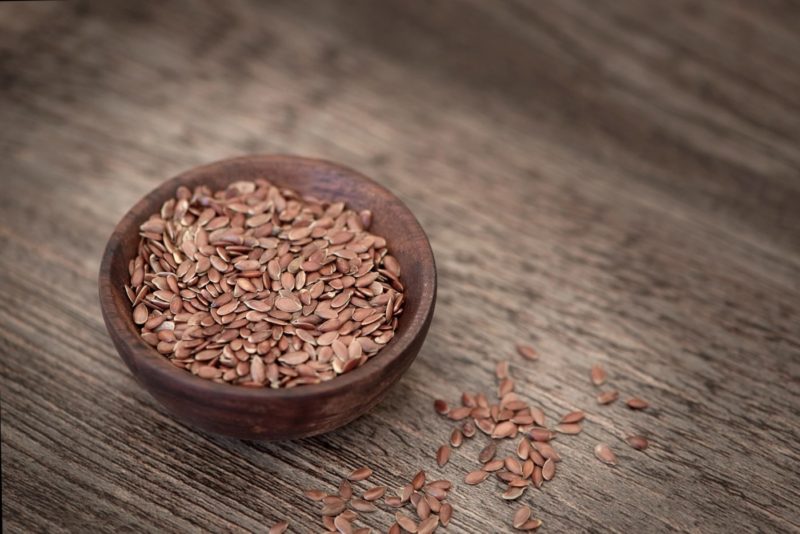
Not only do you need to feed yourself for the first year, but you need to ensure you’re able to plant new crops next year if things are still looking bad. Once you have considered yield, storage, and nutrition, think about the best plants for saving seeds.
I’ve always liked the vegetables that provide a lot of seeds that are easy to harvest. As a bonus, if you get extra seeds, you can trade them for things you need from your neighbors.
The best seed saving vegetables are:
- Tomatoes
- Potatoes
- Peppers
- Pumpkins
- Squash
- Melons
- Peas
- Beans
- Cucumbers
- Radish
- Lettuce
- Leafy greens
Seed saving is achieved by using heirloom seeds to plant and then saving the seeds of the vegetables after harvest. Store bought seeds (F1) aren’t suitable so for your survival garden, you must start with heirloom seeds.
Avoid cross-pollination between plants and study up on the tips and tricks to seed saving. Part of the success of a survival garden is learning all you can from experienced gardeners.
Preparing Your Site
Besides the plants you plan on using, choosing your site is the most essential factor in planning your survival garden.
How Much Space Do I Need?
First things first, how much space do you need? The amount of garden area you require is dependent on your circumstances like the number of people in your group, and the type of plants you’re growing.
You also need to consider whether you plan to leave a section of your garden unplanted from time to time. I have four gardens growing at the same time and two resting for a total of six.
Each time I rest a garden, I dig in well-rotted manure and a balanced fertilizer. Sometimes I add lime depending on what the next crop will be. Because survival gardening is continuous, you should let your soil rest.
Calculate how much space you need and make sure your garden can accommodate your requirements.
Choosing a Spot
Even the best plants in the world won’t thrive if they don’t get the amount of sun they need. Pick a spot that gets 8 hours of sun a day, perhaps with a bit of afternoon shade if you live in a hot area.
Prep the Soil
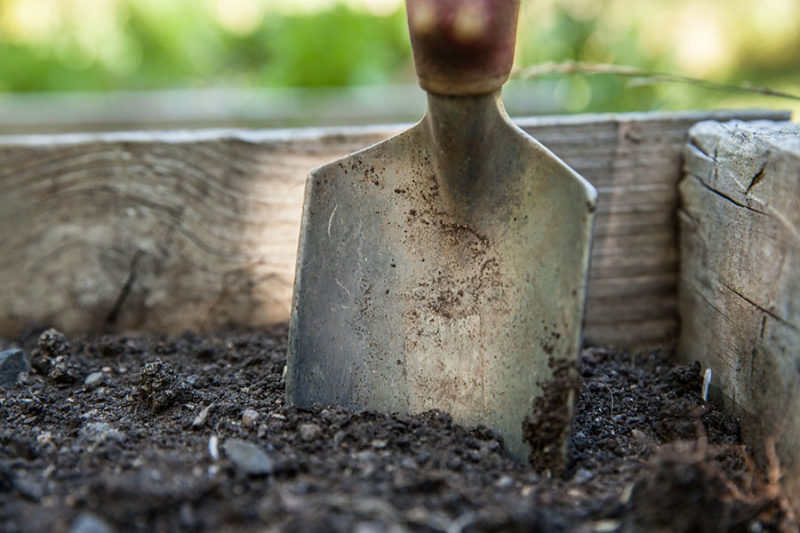
Feeding yourself with the food you grow in your garden means that you need to do everything you can to up your garden’s productivity. The more food you can get, the better off you’ll be.
That means preparing your soil for planting. The healthier your soil is, the healthier your plants are and the healthier you’ll be.
Putting It All Together
Trial and Error
The best time to start a survival garden is when you don’t need it. You need to practice and fail to figure it all out. Seed saving, planting through all four seasons, storing and bottling are all learned over time.
Try growing crops you’ve never tried before, saving seeds from your current crops, and storing the food you grow.
Test Yourself
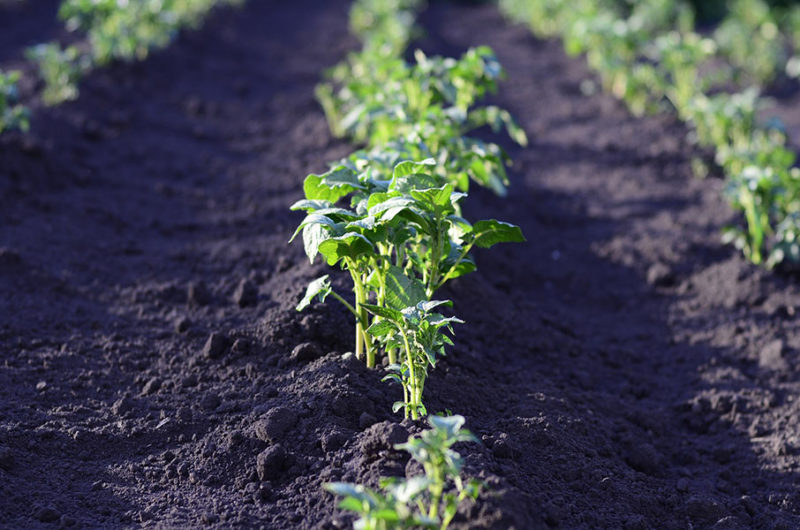
If you want to see if you’ve gotten your survival garden planned out accurately, try planting a garden and feeding your family on it for a month or so.
Tell your family that you are starting a survival garden, and once the crops start, no vegetables will be bought from the store during the trial. That way, you get to test your skills while you’re still buying the rest of your food from the store or providing that yourself.
You’ll get the idea of how much work is involved and how much you have to grow to replace all your vegetables, let-alone all the other food.
My last suggestion is to read, take classes, and don’t be afraid to try. Now is the time to learn, not when you need the survival garden.
